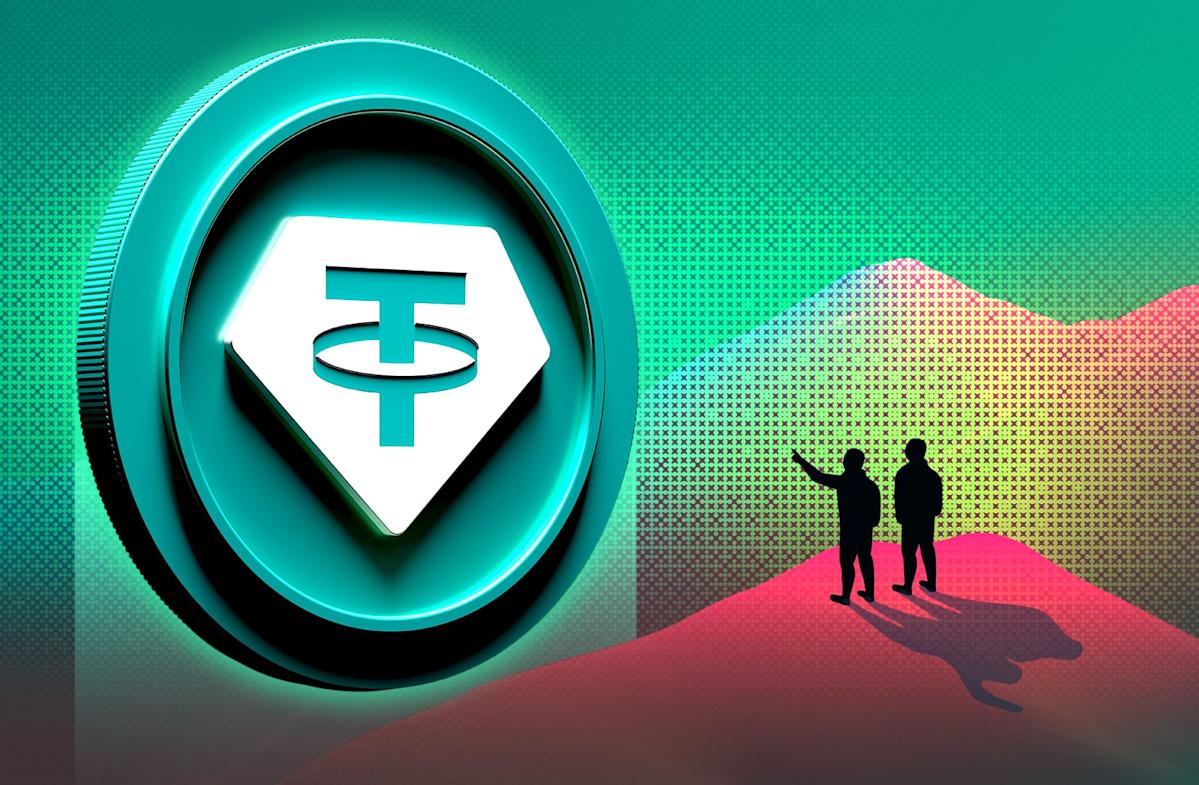Tether faces uphill battle launching new US stablecoin from scratch, says Bernstein
Tether, the industry’s largest stablecoin issuer, will have its work cut out for it entering the US market.
That’s because Circle, the second-largest issuer, has a major head start.
And while USAT might be Tether’s answer to stablecoin compliance demands in the US, such as provable reserve backing and bankruptcy protections, Bernstein analysts say colouring inside the regulatory lines alone won’t guarantee success against its rivals.
Instead, Tether needs to worry about distribution and liquidity since the bulk of its market presence rests outside the US.
Meanwhile, Circle’s stablecoin is heavily integrated with US-compliant entities, such as Coinbase, Bullish, and Anchorage Digital. The latter is Tether’s co-issuer for USAT.
“Liquidity is extremely hard to uproot in the crypto ecosystem and mere incentive sharing is not sufficient,” Bernstein analysts said on Monday.
For USAT, Tether will have to build the stablecoin’s liquidity profile from scratch when it launches later this year and convince partners to embrace a product whose parent company resides mainly offshore.
Likewise, traders will demand interoperability, for instance. If a stablecoin cannot be easily transferred across prominent blockchains like Ethereum and Solana, its adoption quickly stalls, regardless of how compelling the pitch.
“There is enough USDC liquidity across Ethereum, Solana, Hyperliquid, or several other chains,” to ensure wider adoption, they said.
Their argument likely puts Tether in a difficult spot. Tether usually plays Goliath as it accounts for almost 60% of the $290 billion stablecoin market, but Circle is the giant in the US market.
And USDC has begun flexing its muscles in the broader crypto.
In August, USDC added more than $9 billion to its supply on the Ethereum blockchain alone, more than all other stablecoins combined.
The breakout performance also strengthened USDC’s position as the dominant DeFi stablecoin.
USDC increased its share of the sector to 58% from the 55% recorded in July, according to a report from Artemis.
USDC’s growth could face its own challenges.
Hyperliquid, the largest DeFi perpetuals exchange, is getting its own native stablecoin, USDH. Native Markets, founded by early Hyperliquid backer Max Feige, won a governance vote for the right to issue the Hyperliquid stablecoin.
With close to $6 billion of USDC circulating in Hyperliquid, according to DefiLlama, the emergence of USDH could dampen the former’s growth.
Meanwhile, there’s also emerging competition from payment companies like Stripe that are planning to launch their own stablecoin network.



Leave a Comment
Your email address will not be published. Required fields are marked *